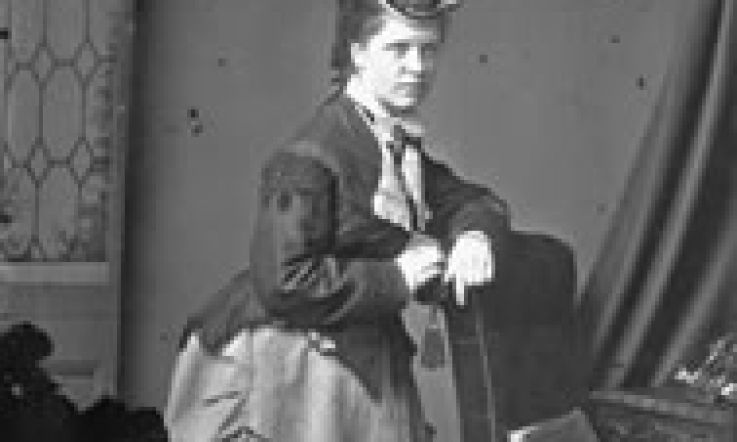Beauty Through the Ages: The Victorians

But this was a time of huge change - the Industrial Revolution happened during this period and as a result so did the rise of the middle classes - and this meant that more people than ever had money to spend. The rapid expansion of the railways made it easier to get to the new style department stores which had started to proliferate to buy items you'd read about in one of the many cheap and accessible magazines which also began to appear during the period.
Clever shopkeepers and manufacturers started printing trade cards which they handed out for free. The cards were highly illustrated and contained excitable descriptions of the amazing benefits of the product they were advertising - anything from laundry gadgets to tooth powders. Naturally this all fed consumer interest, just like advertising does today.
Victorian women were seen as the property of their male relatives and they were supposed to be pure, both inside and out. The only women who wore makeup were actresses and prostitutes, and to most people people, they were one and the same thing. A woman would often wear a red flower during her period to signal to her husband that she was menstruating, and so he should not attempt to exercise his conjugal rights.
So while they didn't lavish on cosmetics in the way we do now, the rise of skincare preparations did occur. They would often be made at home, and cold creams made from wax, almond oil and scent were popular, as were skin tonics made from water and scent such as roses, violets or lilies.
Advertisement
Tanning was a big no-no and marked you out as someone who had to work for a living - and that was not the done thing if you were a lady. A porcelain complexion was what was very much desired, and women would go so far as to paint on fine blue lines to mimic veins. Parasols were in fashion for this reason and carried at all times by ladies.
The Victorians were also very into hair and it was seen as a woman's crowning glory. They would rarely cut it, and hair was often supplemented with hairpieces to create fullness, and it was decorated with elaborate combs and decorative clips.
One of the ironies of life in the Victorian era was that women could have benefited from the use of cosmetics - the Industrial Revolution meant that pollution was rife, especially in the cities where coal smuts were a definite hazard. The sedentary lifestyle and diet rich in meat and carbohydrates coupled with little exercise which was forced upon women left their skins in less than ideal condition too.
sources: fashion-era.com, wikipedia for dates, The Victorians by A.N. Wilson, The Victorian House by Judith Flanders